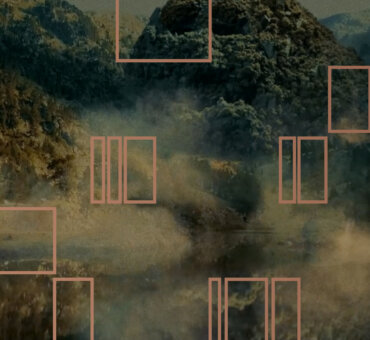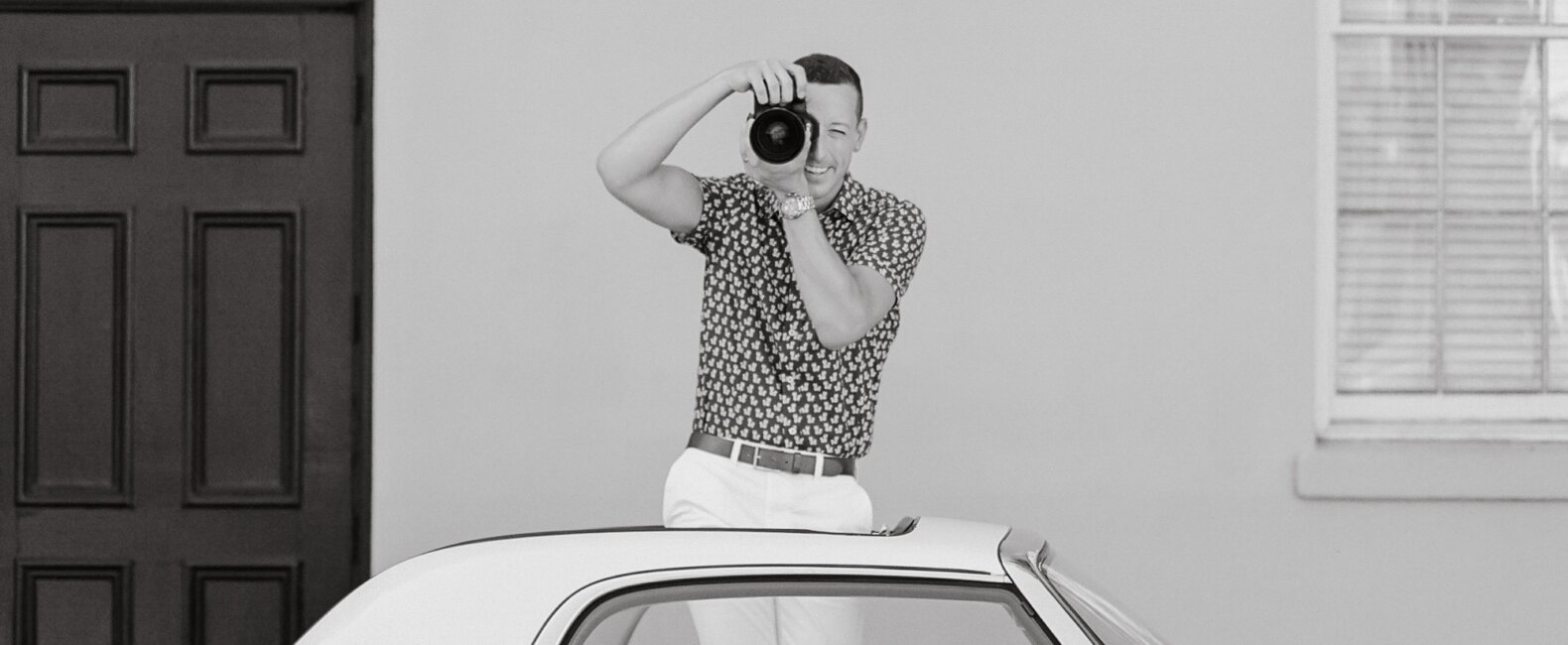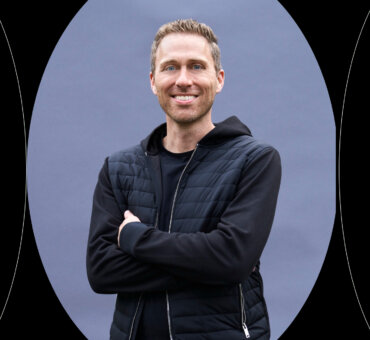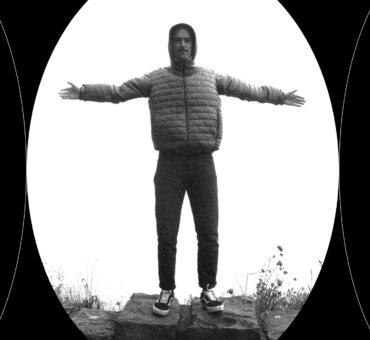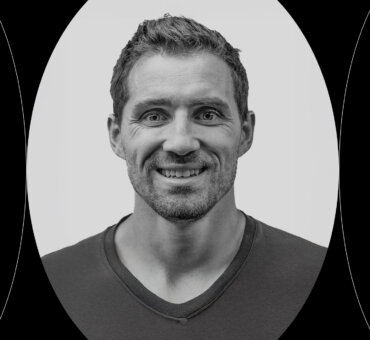The secret to crafting stunning, one-of-a-kind wedding films, according to award-winning cinematographer Drew J. Pond: getting out of your comfort zone. Hear more from the Charleston-based wedding filmmaker on finding inspiration, pushing boundaries, and how he uses Musicbed to find the music that makes his films unforgettable.
Musicbed: What sparked your passion for filmmaking/storytelling?
Drew Pond: I’ve been an unofficial student of film for as long as I can remember. As a child, I was fascinated by the musical fantasy works of Victor Fleming and Robert Wise. Their ability to seamlessly shift from one genre to the next was a leading force in my discovery of escapism: the true heartbeat of film and storytelling. I’d watch their films on repeat and get completely lost in the story. I was enamored by the set design, the camera work, and special effects for that time period. I attribute much of my multifarious cinematography style with weddings to the early teachings of these talented film directors and producers. While old Hollywood movies piqued my childhood interest, it wasn’t until 2013 that the first spark ignited. After seeing a family member’s wedding film for the first time, I thought, “I’d love to do this… but in a new way.”
What keeps you motivated and creatively inspired?
My favorite quote is, “The goal is simple: Better than yesterday.” While I work in an industry where the primary focus is to serve our clients, I selfishly attempt to push the envelope creatively, to serve myself and my evolution, too. In any creative field, if your inventive mind is running on fumes, you’re not best serving any client, so I make sure to prioritize my progress regularly. Remaining inspired is difficult, but if you emphatically believe there are limitless ways to operate, to tell a story, to move and inspire someone, you’ll always find the motivation to create anew. I tend to get inspired in the most unexpected of ways, which is kind of a beautiful thing for me; inspiration is one of the few areas in my life that I have zero control over, so the product of that inspiration is always exciting to reveal. Whether it’s an odd-looking shadow, an outlier in a sea of the same, or a simple piano chord, inspiration is illimitable.
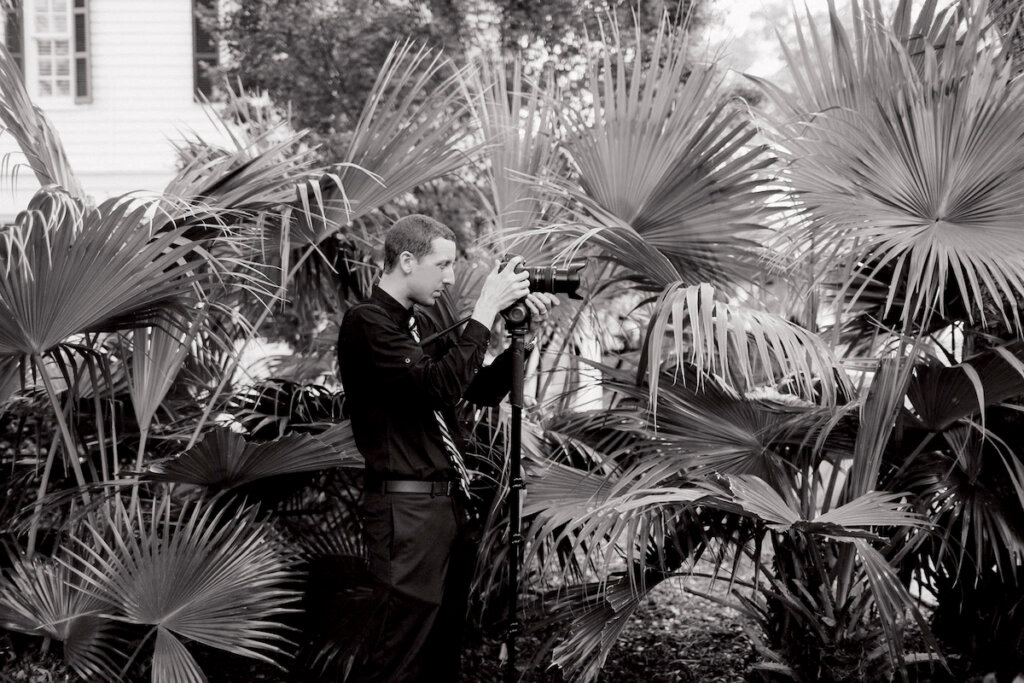
What makes a story visually appealing? What role does music play in storytelling?
I think the most impactful imagery stems from the imaginative, the unpredictable, the moments that force you to feel and evaluate. A visually appealing story doesn’t necessarily have to be thought-provoking or speculative, the intention is simply to captivate. Components that captivate could be anything from interesting light, an uncommon camera perspective or a fluid motion matched perfectly with the right song. Music is the bread and butter of a wedding film, often distinguishing new-age wedding films from traditionalism. In my work, music selection is the leading, chief motivator that inspires the direction of each film I create. Pairing the right visual with the right track can create something truly special.
What elements do you think are essential for crafting a compelling story?
Conviction in your point of view is a good place to start when it comes to crafting a compelling story. For a story to compel, it needs to be believable and not “put on.” Therefore, confidence in your captured audibles and visuals is essential to telling the most irresistible version of the story. For wedding work especially, where so much of the filmed content is repeated and expected, the use of unanticipated visual arrangements and spoken word can elevate the viewing experience. To evoke interest, I try to balance the element of surprise with the relatable. In wedding cinema, relatability is key to tugging at the heartstrings and keeping interest peaked.
How important is music in your work?
When I begin the sound design process, I’m subconsciously not just thinking about my clients, but I’m naturally selecting musical pieces that are pleasing to my own ear and that I connect with personally, too. When a track resonates and I feel it deeply, the work I create tends to be more heartfelt and more personal as a result. In my post-production process, music is at the helm of every edit and is the motivating force for inspiration and creativity. As someone with a background deeply rooted in music, the song selection journey is often an intimate, spiritual one for me. In my process of creating, the story is the canvas and the music is the brushstroke—and when carefully placed, it can create stunning moments of surprise and relatability, simplicity and emotion, subtlety and drama. When I hand-pick music that’s impactful and satisfies the soul…everything else falls perfectly into place.
What advice would you give other filmmakers/creators who are just starting their careers?
Don’t be afraid to draw outside the lines. Take creative risks early on in your career rather than playing it by the book. Throw traditionalism out the window, and through trial and error, discover how to create work that represents you as an artist and differentiates your work from others. The more your audience sees the effort you’re putting into forging your own path, the more respect you’ll gain and the more trust your clients will have when you decide to make those creative choices. One technique that has benefited me is choosing three talented filmmakers from varying genres and styles to observe. Limiting this to three is essential because it eliminates the inevitable, overabundance of social media “noise.” The idea here is not to study with the intent to replicate but to influence and inspire. Every filmmaker’s eye is intrinsically unique and viewing different perspectives will aid in your growth as an artist.
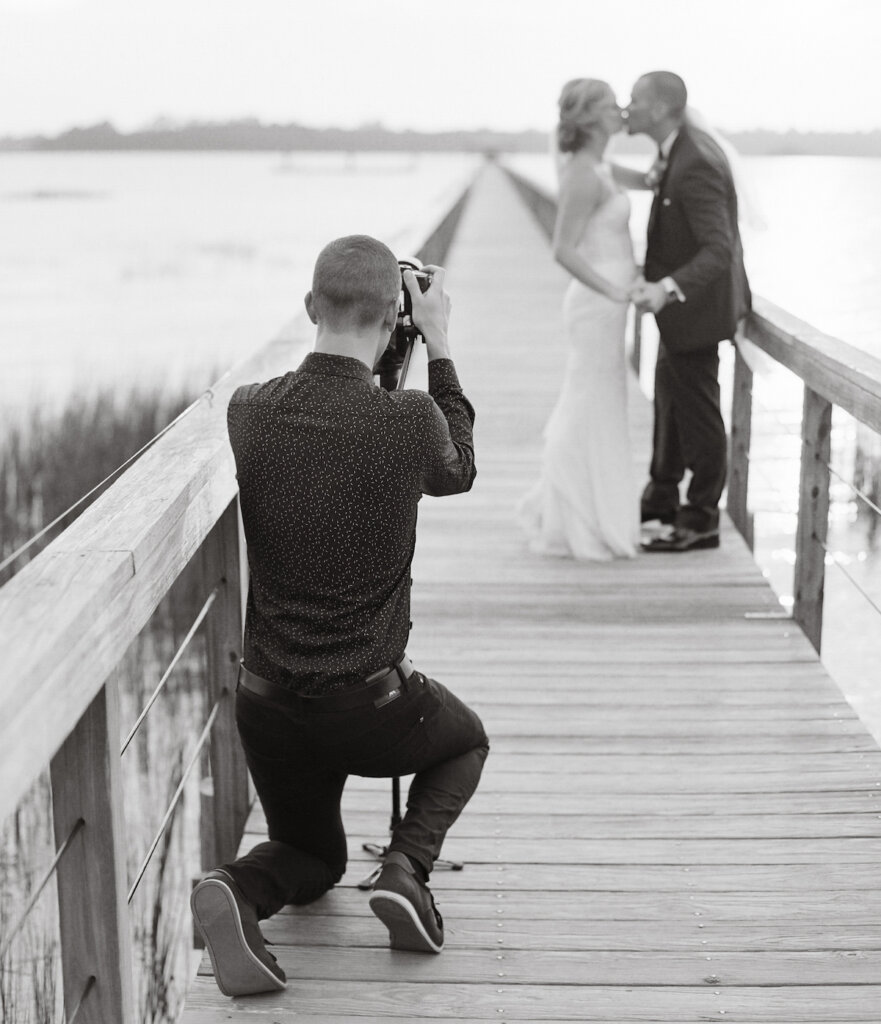
How do you find the balance between pushing boundaries creatively and delivering what your client wants or audience wants to see?
In my ten years working in wedding cinema, I’ve come to realize that so often the client doesn’t know they’re going to love something until they see it. So long as your creative choices aren’t drastically different from your usual edits, my clients tend to appreciate a bold choice here and there; it makes it feel more customized to the two of them and their event. I think the key to this is incorporating an element of surprise in your work from very early on. Establish your voice in your product and let your viewers know that you aren’t afraid to take risks. For me, risk-taking has always stimulated growth. When pushing boundaries, don’t be afraid to fail a few times. After failure, and after the heart-wrenching moment when you realize your “grand idea” didn’t translate, be the person who musters up the courage and continues to try. Keep the belief that more attempts can lead to greater outcomes than you ever could’ve imagined. I know from experience that your work will remain stagnant if you don’t push boundaries—change is launched at the end of your comfort zone.
What is the most challenging aspect of being a filmmaker/creative?
Any creative will tell you, there’s a never-ending pursuit of “perfection” that simply doesn’t exist. Because most artistic works are subjective, flawlessness is impractical. However, the chase for producing your very best is ongoing and exhausting at times. With weddings, the events that take place are typically the same from one celebration to the next. It can be challenging at times to create something completely unique from the last. While this can be a frustrating task, I attempt to make it my primary motivation. I love the challenge of creating no two works alike, and this mindset is what keeps me on my toes and forward-thinking. Many creatives will tell you they experience a mental block or mental burnout from time to time, which can be a setback to any project. My solution to this is something I’ve deemed “The 5-Hour Workday.” It’s been a game changer for me and was an epiphany of sorts when I first started to implement it. The five-hour system allows me to avoid being in front of a computer screen for hours on end. I’m only editing during the parts of the day where I feel most creative while giving myself a break in between to focus on my health and wellness and tackling tasks that don’t require as much brain power (i.e., emails and contracts, prepping gear for the next shoot, client calls, etc.). This has greatly improved both my levels of energy and happiness and I rarely feel wiped out at the end of the workday.
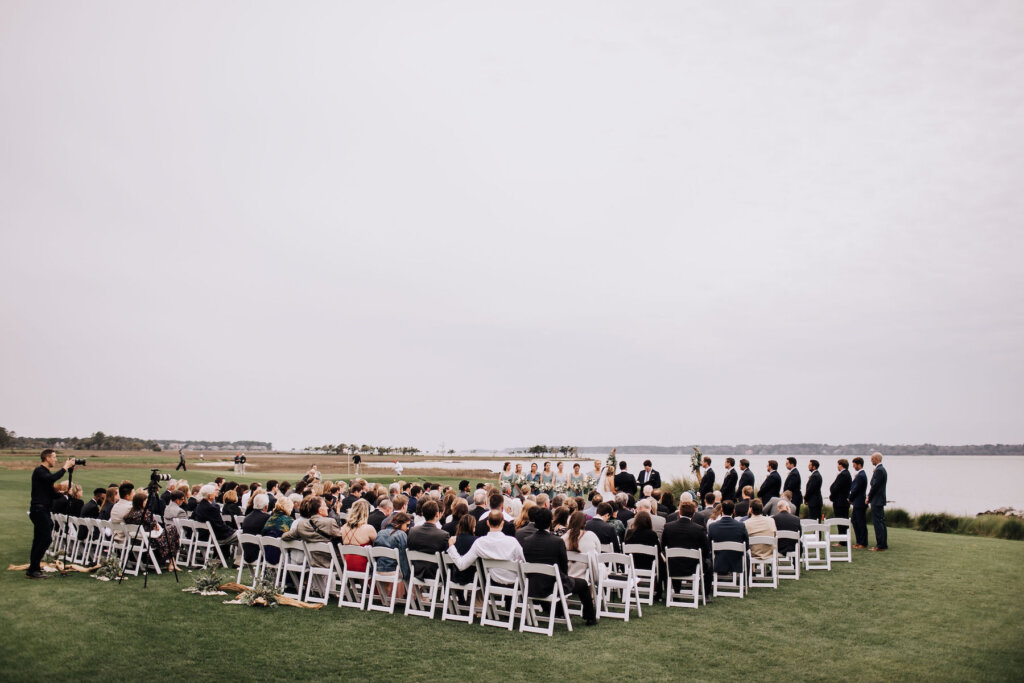
What’s your favorite project that you’ve worked on?
One of my all-time favorite projects was a short film I created called Life On Pointe. It tells the story of a partially blind ballet dancer in New York City. Her story was so beautiful and having the opportunity to film her was incredibly inspiring. The goal was to tell her story and struggle of recovering from brain surgery and how ballet aided in her ability to navigate the physical world again. We filmed a majority of the shoot in a loft apartment in Soho with the most beautiful of window light. I integrated her heartfelt narration with the visuals of her ballet movements, keeping the imagery simple but alluring. Because of the sensitivity of the subject, I wanted to keep the production minimal. Everything was created with the use of one handheld camera, standard audio equipment and just the two of us present. It was an impactful shoot for me because it was so different from my normal run-and-gun wedding shoots. It allowed me to slow down and create something powerful and personal.
How do you search for music on Musicbed? What are some tips that you’d give other filmmakers to search on Musicbed?
I’m always compiling and adding to my list of saved favorites for potential use. Whether I’m in the car, walking my dog, or at the gym, I’ve almost always got the Musicbed app opened and on shuffle. I’m usually checking out new song playlists or browsing with a more fine-tuned search. For my preferred editing style, I find myself vibing most with the following filters: Genre > Cinematic. Mood > Chill, Serious, or sometimes Carefree, and finally, Attributes > Atmospheric and Ethereal. I’ll often go a step further and select ‘Strings’ in the Instrument filter as most of my work integrates an up-tempo orchestral vibe. If you’re an avid Musicbed user, my biggest tip when searching is to apply your filters, then select ‘Recently Added’ under the ‘Sort’ tab on the right-hand side of the app or webpage. This will save you a ton of time and you won’t be repeat listening. Another time-saving tip if you have a specific idea in mind—don’t waste time listening to the entirety of a track. I’m always jumping around from the beginning, the middle, to the end. I’m usually looking for something cinematic, so I tend to only play songs that have an obvious build in the sound waves on the play timeline.
Why do you utilize Musicbed in your work?
Musicbed is hands down my go-to resource for filmmakers because their catalog of music has variety and depth unlike any other. The music offered on other licensing platforms doesn’t sound as established, and when the music isn’t polished and professional sounding, it affects the quality and overall impact of your film. I want the music I incorporate into my work to reflect my brand, and Musicbed hits every. single. time. Beyond the variety of music, their support staff are amazing. As a busy small business owner, I greatly appreciate their thoroughness and responsiveness. All in all, I feel like I was quickly exhausting the available options on other music licensing sites, leaving me with options I didn’t have confidence in. With Musicbed’s ever-growing roster and commitment to empowering artists and filmmakers, it’s a no-brainer for me.
–
Explore a curated playlist of the non-traditional scores featured in Drew’s wedding work with Dock House Digital—only available to license on Musicbed.































